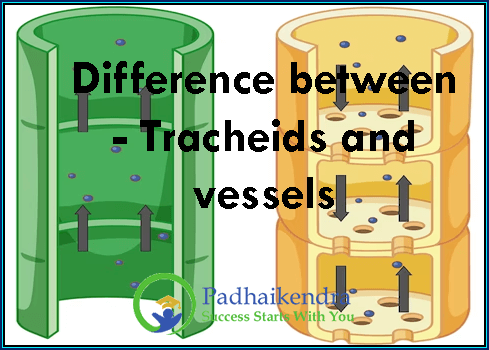Tracheids and vessels are two types of cells found in the xylem tissue of plants. The main differences between tracheids and vessels are:
- Structure: Tracheids are long, cylindrical cells with tapered ends and have pits in their walls, while vessels are shorter, wider, and have open ends with perforation plates in their walls.
- Function: Both tracheids and vessels are involved in the transportation of water and minerals in the plant. However, vessels are more efficient in transporting water due to their wider diameter and open ends.
- Occurrence: Tracheids are found in all vascular plants, whereas vessels are only present in angiosperms and some gymnosperms.
- Perforation plates: Vessels have perforation plates in their end walls, which allow for the free flow of water between adjacent cells. Tracheids do not have perforation plates and therefore do not allow for the same level of water flow.





